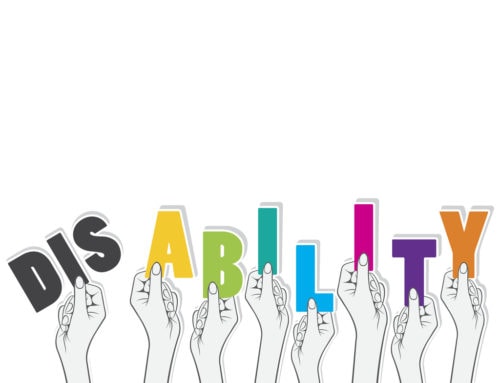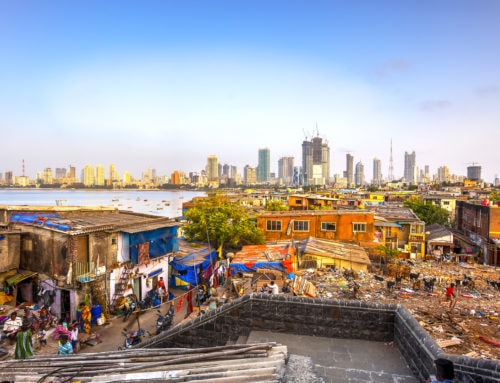Stopping By to See Poverty
“Megacities such as New Delhi, Mumbai, Sao Paolo and Mexico City have become almost unspeakably congested leviathans. They may be seen as ‘colorful’ by those engaging what writer Kennedy Odede
See article at: WSJ 26Nov10: ”The Rise of the Efficient City,” Opinion by Joel Kotkin
*************************************************************
“SLUM tourism has a long history — during the late 1800s, lines of wealthy New Yorkers snaked along the Bowery and through the Lower East Side to see “how the other half lives.”
But with urban populations in the developing world expanding rapidly, the opportunity and demand to observe poverty firsthand have never been greater. The hot spots are Rio de Janeiro, Mumbai — thanks to “Slumdog Millionaire,” the film that started a thousand tours — and my home, Kibera, a Nairobi slum that is perhaps the largest in Africa.
Slum tourism has its advocates, who say it promotes social awareness. And it’s good money, which helps the local economy.
But it’s not worth it. Slum tourism turns poverty into entertainment, something that can be momentarily experienced and then escaped from. People think they’ve really ‘seen’ something — and then go back to their lives and leave me, my family and my community right where we were before.
I was 16 when I first saw a slum tour. I was outside my 100-square-foot house washing dishes, looking at the utensils with longing because I hadn’t eaten in two days. Suddenly a white woman was taking my picture. I felt like a tiger in a cage. Before I could say anything, she had moved on. … [L]ooking at conditions like those in Kibera is overwhelming, and I imagine many visitors think that merely bearing witness to such poverty is enough.
Nor do the visitors really interact with us. Aside from the occasional comment, there is no dialogue established, no conversation begun. Slum tourism is a one-way street: They get photos; we lose a piece of our dignity.”
See article at: NYT 09Aug10 “Slumdog Tourism” – Op-Ed by Kennedy Odede





